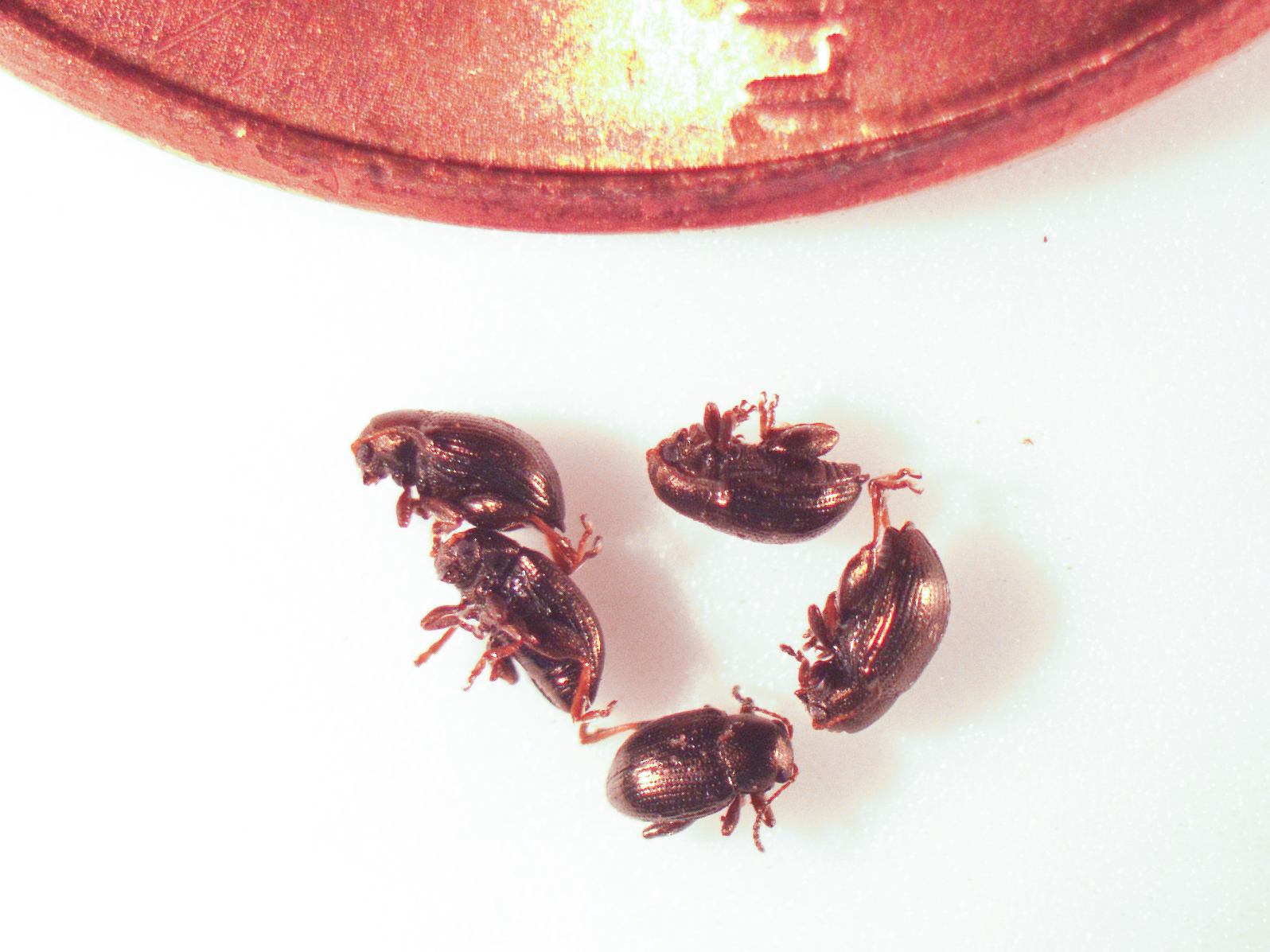New Pest in Desert Southwest
As if growing turf in the Mojave Desert (the area surrounding southeastern California, southern Nevada, southwest Utah and northwest Arizona) isn’t difficult enough, turfgrass managers in the region may be dealing with an emerging insect pest issue. Regular sampling of courses in southern Utah over the past two seasons has determined that a flea beetle (Coleoptera: Chrysomelidae) is responsible for damage to perennial ryegrass decline in tee boxes and fairways during the months of July and August. Samples submitted to the Pennsylvania State University Turfgrass Entomology Laboratory in 2018 uncovered both flea beetle adults and larvae in damaged turf samples. DNA analyses were unable to provide a species match to those in genomic databases. Therefore, specimens were submitted to the USDA Systematic Entomology Laboratory in Beltsville, Md., where taxonomists identified the samples as Chaetocnema minuta Melsheimer, an insect that little is known about. Much more research is needed to answer basic questions surrounding the pest’s biology, ecology and management in turfgrass systems. Here, we report our preliminary findings to raise awareness of the problem and reduce unnecessary insecticide applications.
The flea beetle (which at present does not have a common name) is relatively small (0.08-0.12 in. or 2-3 mm) in length, ovoid and has a dark metallic coloration. They are capable fliers but generally move by jumping. They possess large, flealike legs that allow them to spring when disturbed. The elytra, or forewings that cover the beetle’s abdomen, are lined with a series of pits. Larvae are slender worms, ranging between 0.04 to 0.2 in. (1 to 5 mm) in length, with white and brown speckled coloration, a blackened head capsule and three pairs of true legs.
Turf damage appears to originate in roughs along edges of holes that border native areas. Damage can quickly develop on fairways where it may be exacerbated from lower mowing heights and stress from traffic. Damage has been documented on perennial ryegrass and to a lesser extent, Kentucky bluegrass. Anecdotal evidence indicates the flea beetle will also feed on…
